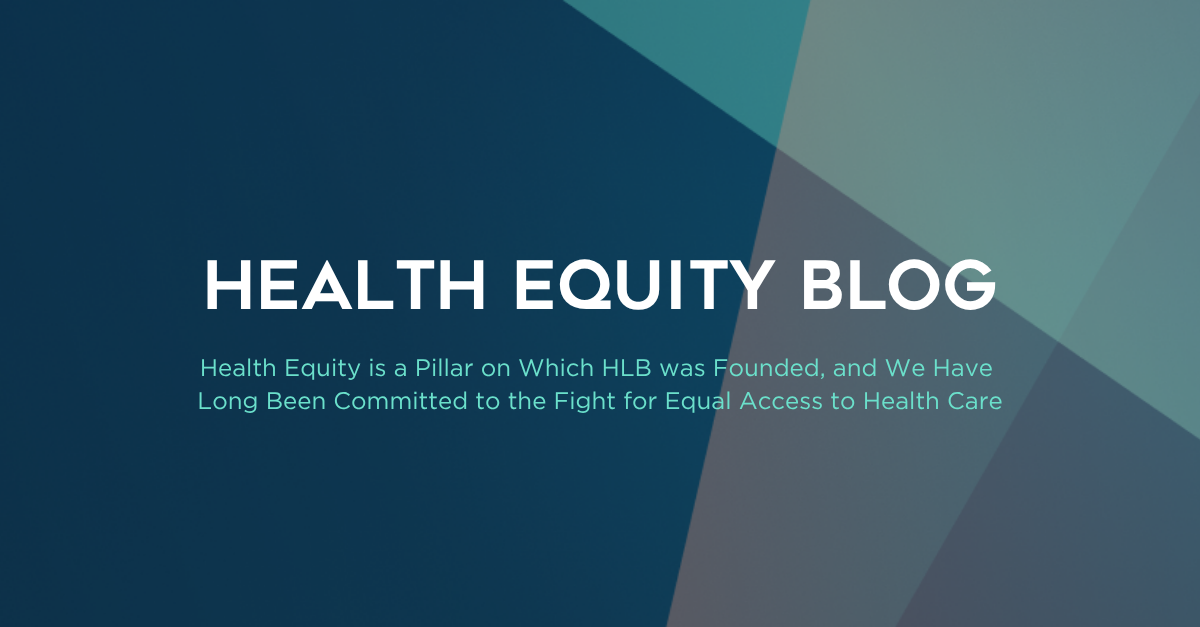
On behalf of the Hooper, Lundy & Bookman, PC Health Equity Task Force, here is our most recent HLB Health Equity Essentials.
HHS EXPANDS ACCESS TO MORE AFFORDABLE CATASTROPHIC HEALTH COVERAGE
The U.S. Department of Health & Human Services (HHS) issued guidance, designed to enable more of the U.S. population to qualify for catastrophic health coverage through the Exchange based on need. Access will begin on November 1 during the start of open enrollment (the announcement can be found here and the Fact Sheet can be found here). These plans provide all essential health benefits required by the ACA but at lower premiums designed to increase financial accessibility. New this year will also be an online option for completing the hardship exemption request.
MENTAL HEALTH PARITY LAW UPDATES
The American Medical Association (AMA), working with other organizations, has developed an online Mental Health Parity Index that is designed to evaluate commercial insurance plans based upon their coverage for, and access to, mental health/substance use disorder (SUD) services compared to medical services. This tool will facilitate more transparency into whether these plans have fulfilled the parity requirements established by the 2008 Mental Health Parity and Addiction Equity Act (MHPAEA). Earlier this year, the U.S. Department of Health & Human Services (HHS) announced a nonenforcement policy with regard to new regulations under MHPAEA that otherwise went into effect as early as January 2025, one of the purposes of which was to establish a “meaningful benefits” requirement for plans offering mental health/SUD services.
CDC ISSUES MORE RESTRICTIVE COVID-19 VACCINE GUIDELINES
On August 27, the Centers for Disease Control and Prevention (CDC) authorized updated COVID-19 vaccine guidelines that limits the use of various COVID-19 vaccines for most age groups. The U.S. Food & Drug Administration (FDA) also revoked the Emergency Use Authorizations (EUAs) that made the Pfizer-BioNTech, Moderna, and Novavax COVID-19 vaccines available for children and younger adults without underlying health conditions. Although the newest version of the vaccines are authorized for all senior citizens, only younger adults and children with serious underlying health conditions are included in the new guidelines. In response, some health organizations, including the American Academy of Pediatrics, are issuing their own broader guidelines that differ from the CDC’s guidelines.
MISSISSIPPI DECLARES PUBLIC HEALTH EMERGENCY FOR INFANT MORTALITY
The Mississippi State Department of Health (MSDH) declared a public health emergency (PHE) on August 21 in response to escalating infant mortality rates. Mississippi recorded 9.7 infant deaths per 1,000 births in 2024, the highest in over a decade. Declaring a PHE enables MSDH to mobilize resources more quickly and work with other agencies and organizations across the state to reverse the alarming trend. Efforts include eliminating “OB deserts” by increasing prenatal care opportunities utilizing targeted county health departments and expanding community health worker programs to connect mothers and babies with local care providers and other resources.
CDA RELEASES HEALTH EQUITY REPORT
The California Dental Association (CDA) and its affiliated Foundation released their Health Equity Report in early September (announcement can be found here). The Report examines the challenges to oral health equity and suggests strategies to support recruitment and retention of dental professionals from underrepresented backgrounds. The goal is to reduce disparities in oral health outcomes by increasing the diversity of dental professionals who are more representative of California’s populace. The Report is in furtherance of the CDA’s and its Foundation’s 2022 policy aimed at “reinforcing its commitment to expanding care for underserved communities and improving diversity within the dental profession.”
NEW STUDY HIGHLIGHTS RACIAL AND ETHNIC DISPARITIES IN NALOXONE ENGAGEMENT
A recent study published in Health Affairs reveals that Black, Hispanic, and Asian adults in the U.S. have significantly lower rates of engagement with each step of the “naloxone care cascade” compared to White adults. This cascade is a framework encompassing awareness, access, training, possession, and use of naloxone to counteract opioid overdoses. This research calls out a need for culturally tailored and equity-focused strategies that address the systemic causes of racial and ethnic disparities in naloxone engagement.
Professional
Brought to you by Alicia Macklin, Kerry Sakimoto, Sandi Krul, and Monica Massaro.



